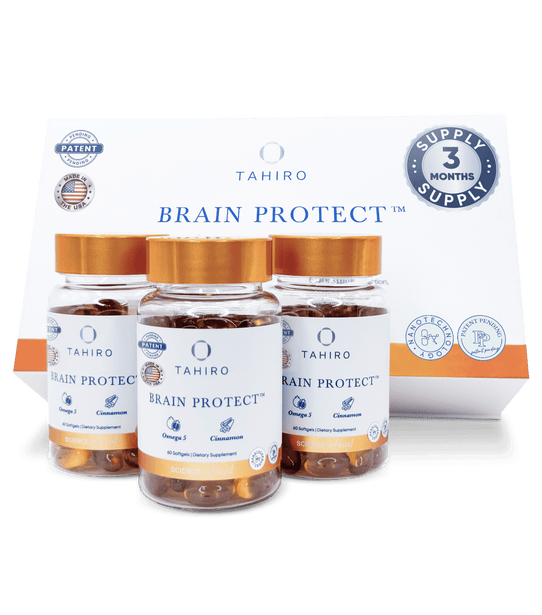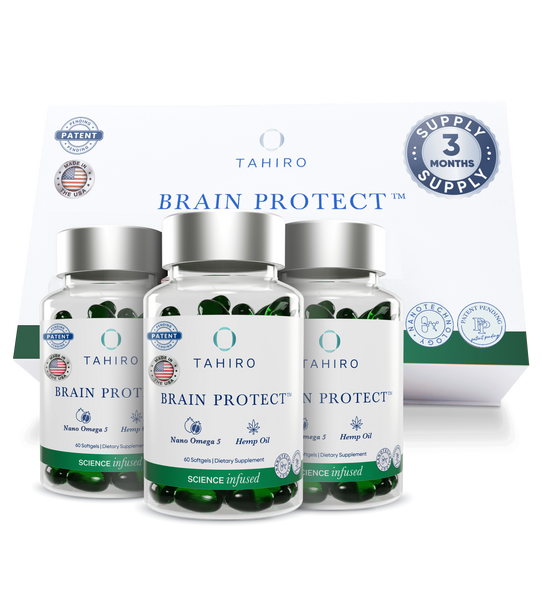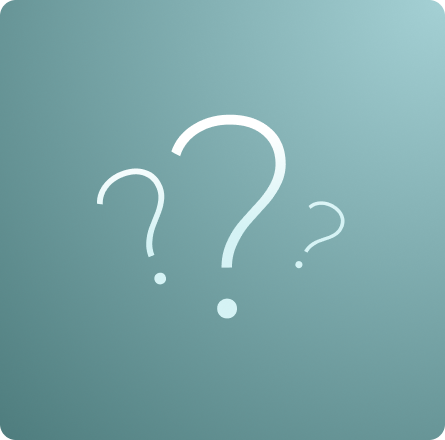A healthy human brain has tens of billions of neurons. These are the specialized cells that transmit and process information through chemical and electrical signals.
Neurons send messages between the brain’s parts but also from the brain to the body’s organs and muscles. Dementia will disrupt that communication, which results in cell death and loss of function.
Let’s learn more about what happens to the brain during dementia.
Which Symptom Is Most Prominent in Early Dementia?
The most prominent symptom found in early dementia is memory loss. Though it’s often the one people notice first, it’s not the only one. Here are a few other symptoms to be aware of:
- Difficulty concentrating
- Mood changes
- Being confused about places and times
- Struggling to find appropriate words when speaking
- Difficulty following a conversation
- Finding it difficult to carry out your familiar tasks (you get confused about using correct change at the store)
Since all of the above symptoms deal with memory, memory loss is considered the most prominent one to watch for. However, it can present itself in various ways. Therefore, it’s best to watch older loved ones to see if they’re having any of the issues listed above.
How Is the Brain Affected by Dementia?
The brain usually shrinks a little during the aging process, but it doesn’t lose significant numbers of neurons. However, in dementia, damage becomes widespread. This happens because many of the neurons lose connection with others, stop functioning, and eventually die.
Dementia will disrupt the process that neurons and the networks need, which includes repair, metabolism, and communication.
Initially, dementia destroys the neurons and connections in the part of the brain used for memory. This includes the hippocampus and entorhinal cortex. As it progresses, the cerebral cortex is affected, which is responsible for social behavior, reasoning, and language.
Eventually, other parts of the brain get damaged. With time, someone with dementia will gradually lose their ability to function and live independently. Likewise, this disease is fatal.
Which Side of the Brain Is Affected First?
Dementia often affects the front of the left temporal lobe in the brain first. You have temporal lobes on both sides, which are close to the ears. They help with language, hearing, and memory processing.
While both temporal lobes store general knowledge, dementia often affects the front left one first. Semantic memory (general knowledge) is very different from memory relating to your daily experiences. The left temporal lobe helps you understand language and will store the meaning of words and facts.
Inside each temporal lobe, there’s a hippocampus. This processes the memories and lets them be stored and sought when necessary. When this area is damaged, it’s harder to learn new things. However, the hippocampus sends important information to the cerebral cortex for storage, as well.
Your temporal lobes help you understand what’s heard. Damage to them will make it harder for the hippocampus to form the memories needed to process and store that information.
Dementia often starts around the hippocampus and spreads to other areas of the brain. That’s why one of the first symptoms is memory loss. Doctors and loved ones generally realize there’s a problem because of this.
Which Parts of the Brain Are Usually Affected by Dementia?
Someone with dementia will experience symptoms based on the parts of their brain that get damaged and what is causing it. Dementia often stems from strokes or brain diseases, such as Alzheimer’s.
The cerebral cortex is a thin layer of cells that covers the surface of the brain and is responsible for language, decision-making, social skills, reasoning, and memory. It controls various actions, such as processing pain, touch, smell, taste, hearing, and sight, as well as talking and moving.
It's divided into four regions, and dementia can affect them all. They include:
-
Temporal Lobes – Your temporal lobes are often the first to be affected and contain the hippocampus. The left one helps you understand language, but the right one focuses on visual information.
-
Frontal Lobes – Your frontal lobes are at the front of your brain behind the forehead. It stores and processes information so that people can make rational judgments. You might have problems organizing, planning, or making decisions. Likewise, your personality or behavior might change. Sometimes you become lethargic and aren’t interested in doing things as well.
-
Parietal Lobes – Your parietal lobes are found in the upper back part of your brain. The right side is used to understand the body’s position in space, while the left one helps people process numbers, read, write, and tell left from right. People might find it hard to perform skilled movements or gestures.
-
Occipital Lobes – The occipital lobes are found at the brain’s back and deal with visual information. It helps you recognize shapes and colors, which are passed to other areas of your brain. Typically, this damage occurs in the later stages of dementia.










